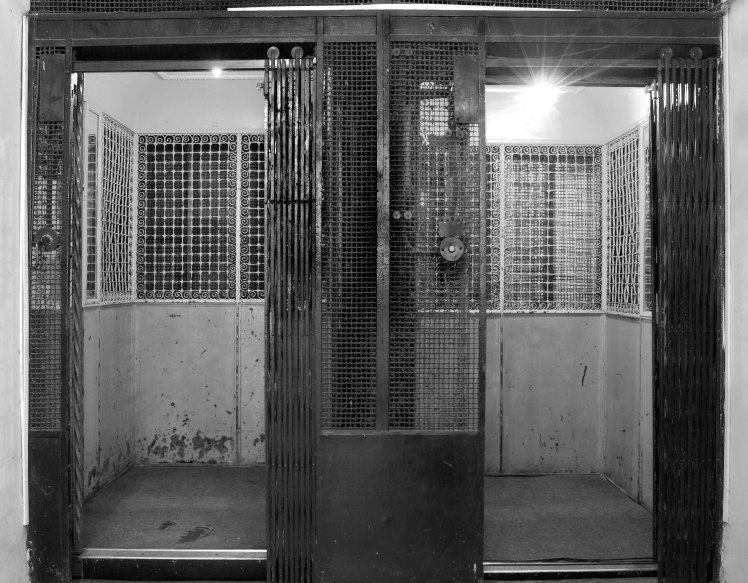 The very first elevators made their way onto the scene as early as the 1820s, although several iterations of primitive elevators had been experimented with as far back as ancient Roman times. Things were a lot different then and the elevators of those days barely resemble those of today. According to Buildings.com, the 19th century brought power elevators, both steam and water driven, which conveyed materials in factories and warehouses, operated via leather belts and pulley systems that operated the elevator as well as the building’s machinery.
The very first elevators made their way onto the scene as early as the 1820s, although several iterations of primitive elevators had been experimented with as far back as ancient Roman times. Things were a lot different then and the elevators of those days barely resemble those of today. According to Buildings.com, the 19th century brought power elevators, both steam and water driven, which conveyed materials in factories and warehouses, operated via leather belts and pulley systems that operated the elevator as well as the building’s machinery.
1852 was the year Elisha Graves Otis invented the first safety brake designed for elevators. Before this, elevators were mainly used for freight because no one could be guaranteed safety with such a simple pulley system. This was a key invention that allowed builders to construct taller and taller buildings that included multiple stories – for freight at first but then people later. In 1954, Otis brought the concept for his elevator to the World’s Fair in New York City, paving the way for the installation of the first passenger-safe elevator in 1857. He patented improvements to his hoisting apparatus and safety brakes a few years later. By 1873, more than 2,000 Otis elevators were in use throughout the country in a variety of department stores, hotels and office buildings.
In 1903, Otis introduced yet another design: the gearless traction electric elevator, which truly paved the way for high-rises of the sort you find today in Boston, New York City and Chicago. The first elevators were not enclosed, which posed a safety concern for obvious reasons – particularly when elevators began transporting humans. It was pretty terrifying to ride elevators at the turn of the century, with calls for reform starting to emerge.
The first edition of ASME A17.1 Safety Code for Elevators and Escalators came out in 1921, the result of a collaboration between the American Society of Mechanical Engineers, and the insurance, enforcement, and elevator industries. Consequently, codes were updated and mandated the use of enclosed cars, hoistways, traction and hydraulic elevators. Elevators back then had elevator operators; after World War II, basic automation came into play. This necessitated improvements in electronics that incorporated the use of push buttons that could be operated by the passengers themselves – negating the need for operators completely.
This wasn’t met with the enthusiasm you may have thought. In fact, many people were afraid to ride elevators without operators. It took some getting used to, but eventually passengers came around to the idea.
Fast forward to today and elevators feature relay control systems that have switched to solid state devices. Many advancements have occurred in the last 120 years, all of them leading toward the innovative versions we see in buildings of all kinds today.
Mowrey Elevators takes innovation and quality to the next level. We are the trusted name in elevators today, thanks to a state of the art manufacturing facility and multiple service locations backed by 40 years of experience. Please give us a call to find out more about our inventory at 800-441-4449.
